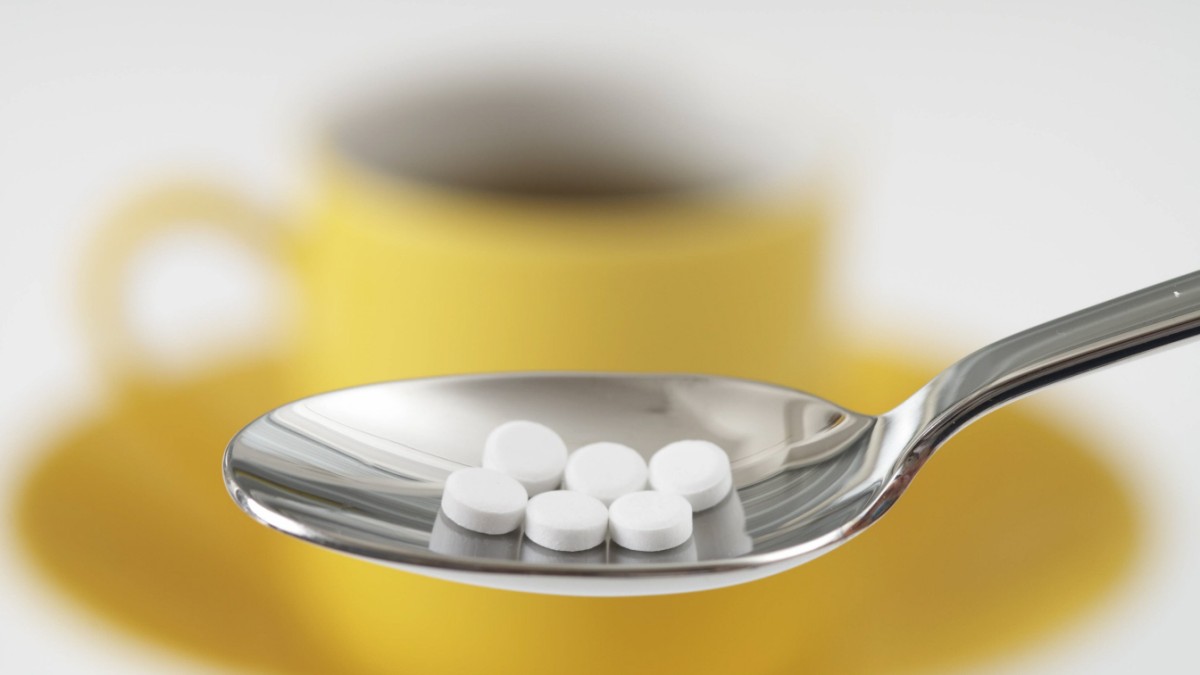The news situation is reminiscent of the rumors that boil up before a football star changes clubs. Nothing is certain, but the signs are growing. In the current case, it’s not about Ronaldo, Messi or Mbappé, but about the sweetener aspartame, which is added to diet sodas and numerous other foods. According to agency reports, the International Agency for Research on Cancer (IARC), a cancer research institute in Lyon that is affiliated with the World Health Organization (WHO), is to classify aspartame as “possibly carcinogenic to humans” in mid-July.
However, the IARC assessments do not specify what dose of a substance can be safely consumed and when the health risk begins. Rather, the IARC researchers draw conclusions from the published state of research. The IARC assessments have repeatedly triggered criticism in the past. Main accusation: Consumers would only be confused by this. Night work and the consumption of red meat were also classified by the IARC as “potentially carcinogenic”, although the risk was only minimally increased or the study situation was unclear.
The discussion has accompanied the material since 1965
The IARC decision is to be announced on July 14. Aspartame has been considered safe within certain limits since 1981. An adult weighing 60 kilograms would have to drink between 12 and 36 cans of diet soda every day, depending on the amount of aspartame added, in order to exceed the limit values. The debate as to whether aspartame is carcinogenic has accompanied the substance since it was discovered in 1965. But most of the studies were too small, only animal experiments or the observed effect was too small to ban the substance. A number of studies simply could not prove any cancer risk.
“We have to wait for the full evaluation first,” says chemist Oliver Jones of the University of Melbourne. “We know from the previous IARC assessments that there is a ‘possibly carcinogenic’ label for indications of a cancer risk, even if the data situation is not yet conclusive.” In addition, one must know that the classification as “possibly carcinogenic” does not mean that exposure will automatically lead to cancer. The dose makes the poison. “After all, UV light is also carcinogenic, but we hardly use sunscreen in winter because the dose is lower,” says Jones.
For Tom Sanders, who held a professorship in nutritional sciences at King’s College in London, the data situation is also unclear. “In the UK, aspartame has been used as a sweetener for more than 30 years,” Sanders said. “While there was evidence that animals in the laboratory got cancer when fed large amounts of aspartame, the results did not translate to humans.” In other animal experiments, however, the connection was not discovered at all – in addition, the American Food and Drug Administration FDA continues to rate aspartame as safe.
What does the rating say about the real risk?
Aspartame is derived from the two amino acids aspartic acid and phenylalanine. When it is broken down in the organism, small amounts of methanol are produced, the breakdown products of which are potentially carcinogenic – but only a fraction of the amount contained in fruit juices or wine is produced. “To my knowledge, there is no evidence that aspartame causes cancer in humans,” Sanders said. “The toxicological data has been extensively investigated by regulatory authorities and aspartame has been classified as safe by many authorities.”
The statistician Kevin McConway from the Open University is even clearer: “An IARC classification as ‘possibly carcinogenic’ does not automatically mean that the substance poses a danger to humans under normal circumstances – even if the choice of words suggests it.” The work of the IARC is not about actual health risks, but about whether a substance could ever become a risk, even if that is very unlikely. McConway compares the classification with that of meteorites – of course they can pose a risk to humans, but the real danger is comparatively small.
In view of this mixed situation, the discussion will probably continue after the report is published in mid-July. About the real risks of aspartame – and about the easily misunderstood role of the IARC.
With material from the Science Media Center
